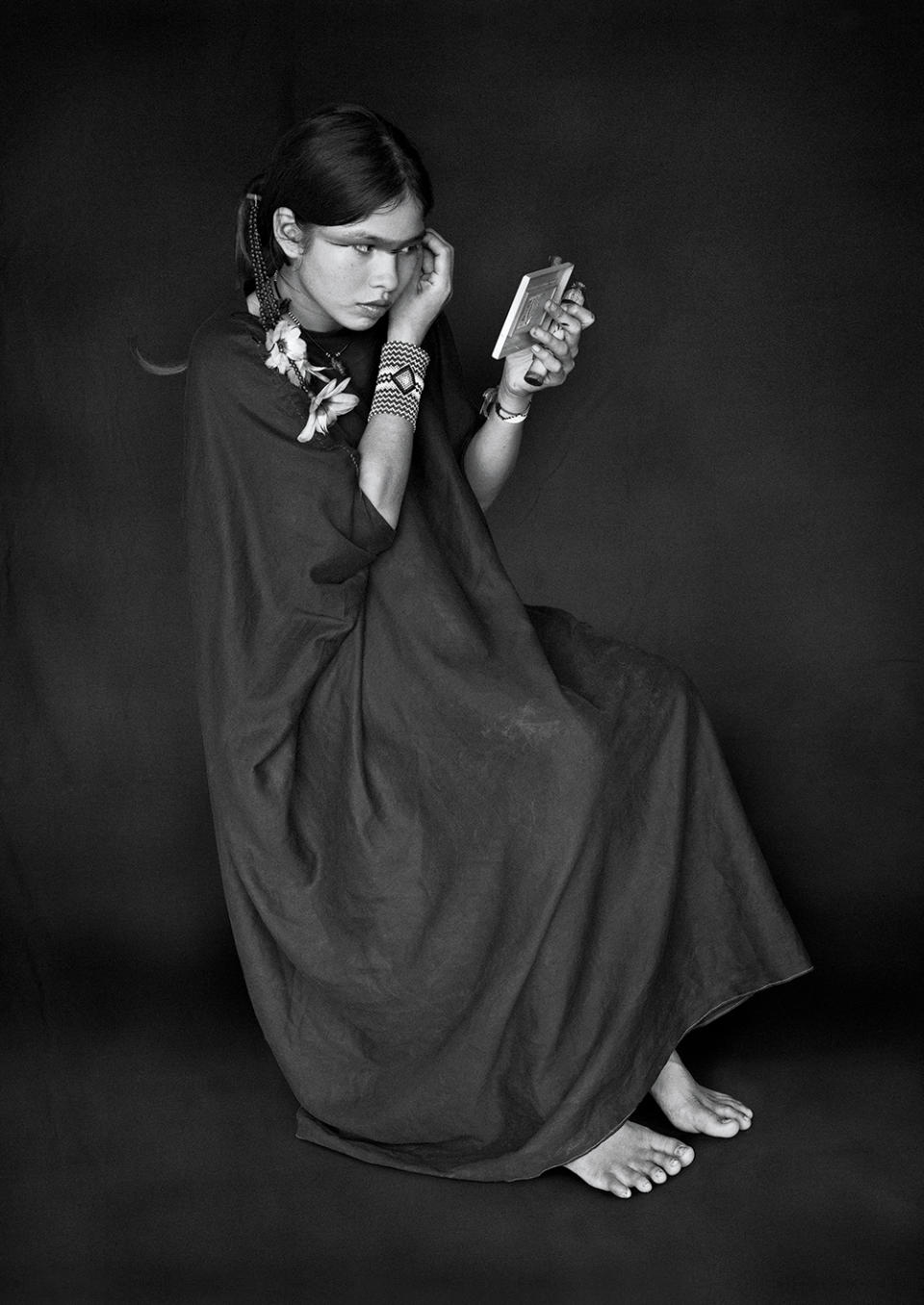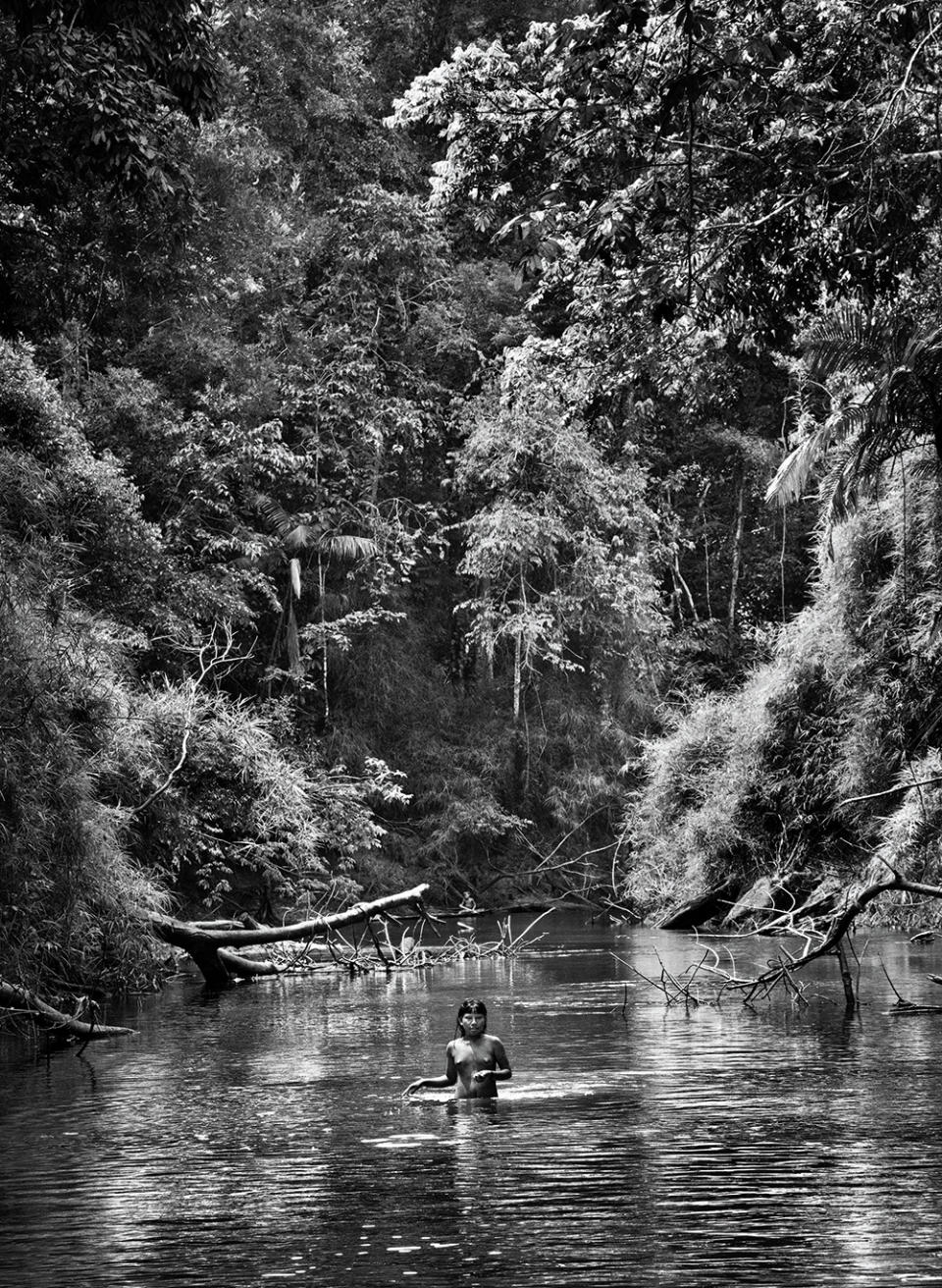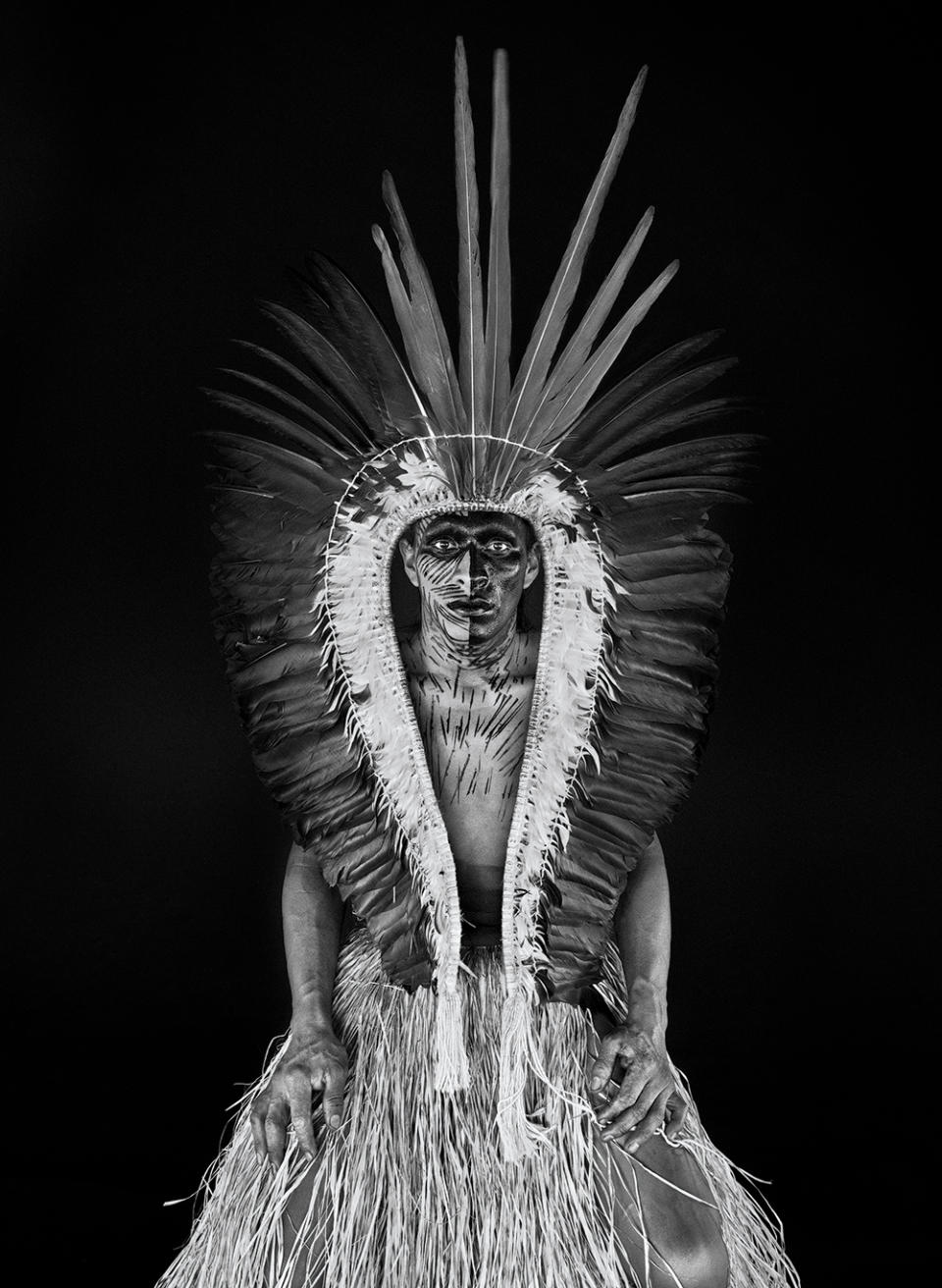Influential Photographer Sebastião Salgado on Capturing the Majestic Rainforest for His New Exhibit ‘Amazonia’

Photographer, cinematographer and photojournalist Sebastião Salgado would like you to know that Paradise exists.
He is referring to the Amazon rainforest, and he should know. Born on a Brazilian farm, Salgado has been traveling to the rainforest since the 1980s and journeyed there almost 50 times for his latest project.
More from Variety
“Amazônia,” published by Taschen, is the result of Salgado’s six years capturing the Indigenous inhabitants and celebrating the terrain, the mountains and the water in a series of black-and-white gelatin silver prints. An exhibit featuring highlights from the project is making its American debut at Danziger at Fetterman Gallery in Santa Monica, accompanied by the music of composer Jean-Michel Jarre.
Salgado got the idea while working on his previous exhibition and book, “Genesis.” Speaking via Zoom from his studio in Paris, he says: “The Amazônia I saw was under pressure from the outside world. People were destroying the forest, and I said, ‘This is a story I must do. This is my story.’”
His work in addressing social and environmental challenges through photography has inspired other photographers, filmmakers and cinematographers. Wim Wenders directed “The Salt of the Earth,” the 2014 Oscar-nominated documentary feature about Salgado as he traveled the earth capturing “Genesis.” Checco Varese and Emmanuel Lubezki are just two of many cinematographers who have been influenced by Salgado.
When describing the inspiration for his work, Varese quotes Salgado as saying: “When you [capture] a story, it must be your story, your choice. You must have 100% identification with your story — and patience with the subject that you shoot.”
Adds Varese: “I too have to feel what the audience feels. I have to be able to become one of them Salgado takes you inside the stories like only a few can. As a cinematographer, I must believe that what I’m photographing is true. I have to be able to cry, laugh, smile or suffer with my characters. If I don’t, how can I ask the audience to believe in their story?”
© Amazonas Images/Courtesy Peter Fetterman Gallery
Salgado’s vision runs deep in the film world. Screenwriter Simon Beaufoy, for one, sought out and purchased Salgado’s evocative black-and-white photo of Mumbai’s Churchgate station soon after winning the Oscar for “Slumdog Millionaire.” Salgado wants “Amazônia” to touch a global audience, writing in the foreword, “My wish, with all my heart, with all my energy, with all the passion I possess, is that in 50 years’ time this book will not resemble a record of a lost world. Amazônia must live on.”
To capture the Indigenous people dwelling in the forest, he has worked closely with FUNAI, the National Indian Foundation in Brazil. It’s a lengthy process that requires authorization in order to document the tribal people living there. Over the years, he has fostered relationships with many of the tribes. This time, he photographed 10 ethnic groups, including the Suruwaha and the Yanomami. Salgado describes the rich lives they lead and speaks of their generosity about sharing food.
© Amazonas Images/Courtesy Peter Fetterman Gallery
“They hunt and they fish a lot and there is fruit from trees that we don’t know about,” he says. “They would walk four to five days to a special place inside the forest for a fishing expedition. It’s another way of life.” He points out that the various tribes have been living in the region for thousands of years, long before settlers came in. To highlight their beauty and elegance, he often shows them isolated without the rainforest in the background.
“Eighteen-point-two percent of the Amazonian ecosystem has been lost,” Salgado says. But his photography captures an infinite river and forest filled with animals and plants, depicted in striking high-contrast monochrome with vast depth of field. In this work, Salgado celebrates with new images and new stories the 82% of the rainforest that has not been destroyed.
Filmmaker-turned-gallery owner Peter Fetterman has worked with Salgado over the past 30 years watching the distinguished photographer conceive these ideas and bring them to life. “He imparted to me that this space is paradise and that these people live an incredibly beautiful, respectful human life,” Fetterman says. “They’re not corrupted by any of the things that were corrupted in the First World.” Salgado’s work is a wake-up call to the rest of the planet, says the gallerist, and we have to preserve it.
© Amazonas Images/Courtesy Peter Fetterman Gallery
Jarre’s new 52-minute album “Amazônia” accompanies the exhibition, incorporating vocals and natural sounds such as rain and birdsong. “It was designed to build a bridge between photography and music,” Jarre says. The experience of creating a soundtrack to the exhibition was drastically different from composing a movie score. “In a movie, you’re scoring to a precise movement. With an exhibit, you cannot determine where a person will be standing.”
Jarre’s approach was to let the music travel through the space and time of the forest, but what made it special was that each sound was random. “They’re totally different from one another. You could have rain falling while girls are having a bath in the river, or people are walking,” he explains.
The composer didn’t aim to reference typical New Age or spa music, nor did he try to go ethnic. “I wanted to create a distance from that and create something with a more poetic approach,” he says. After observing the photography and letting it wash over him, he spent the next three weeks putting the music together. “Everything I was doing was related to the mood of the photos,” Jarre says.
The composer feels that the beauty of the exhibition is how Salgado doesn’t depict the destruction, but instead, “he shows the grandiose aspect of the forest. It is a tribute to the Earth and this extraordinary area.”
© Amazonas Images/Courtesy Peter Fetterman Gallery
Sebastião Salgado’s “Amazônia” is on view at Danziger at Fetterman, Santa Monica, through Nov. 13.
Best of Variety
Awards Season Calendar (2021-2022): Eligibility, Nomination and Voting Schedule
Celebrate 'Star Wars: Visions' With These Unique, Intergalactic Gifts
Sign up for Variety’s Newsletter. For the latest news, follow us on Facebook, Twitter, and Instagram.






